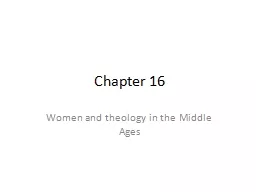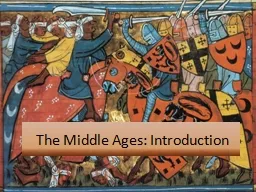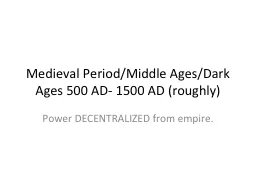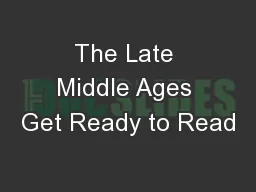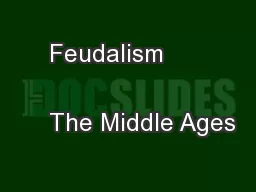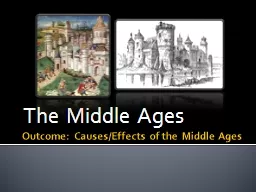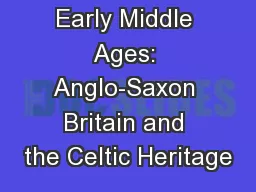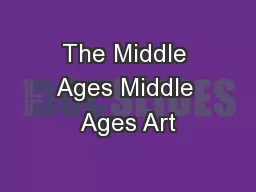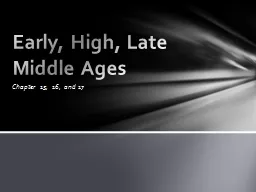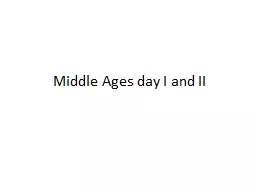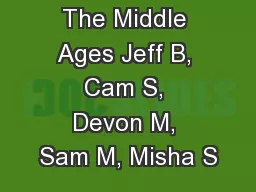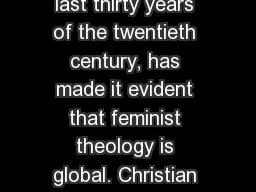PPT-Chapter 16 Women and theology in the Middle Ages
Author : kittie-lecroy | Published Date : 2018-03-21
Questions to be addressed in this chapter How was Hildegard of Bingen an example of the way in which women could have a voice in theological matters in the Middle
Presentation Embed Code
Download Presentation
Download Presentation The PPT/PDF document "Chapter 16 Women and theology in the Mid..." is the property of its rightful owner. Permission is granted to download and print the materials on this website for personal, non-commercial use only, and to display it on your personal computer provided you do not modify the materials and that you retain all copyright notices contained in the materials. By downloading content from our website, you accept the terms of this agreement.
Chapter 16 Women and theology in the Middle Ages: Transcript
Download Rules Of Document
"Chapter 16 Women and theology in the Middle Ages"The content belongs to its owner. You may download and print it for personal use, without modification, and keep all copyright notices. By downloading, you agree to these terms.
Related Documents

